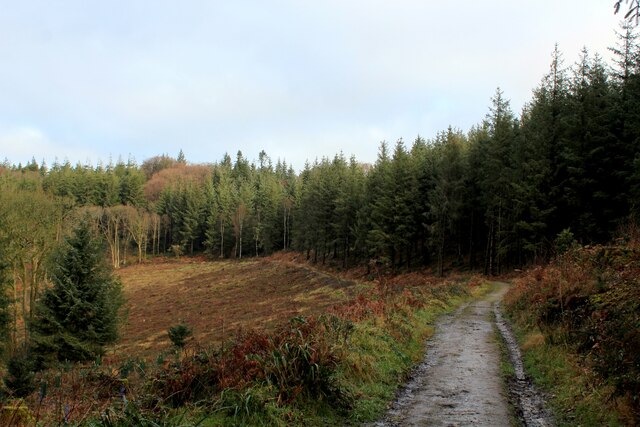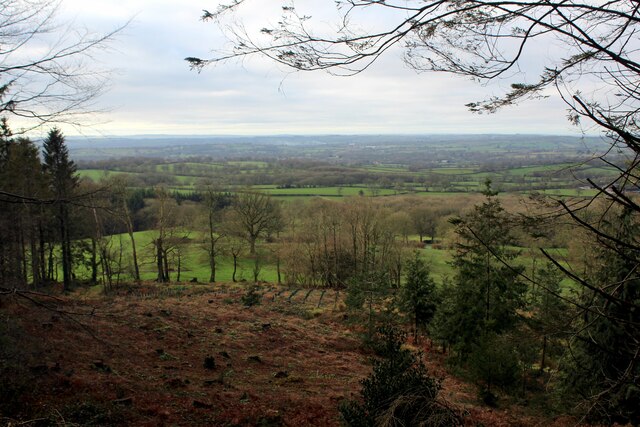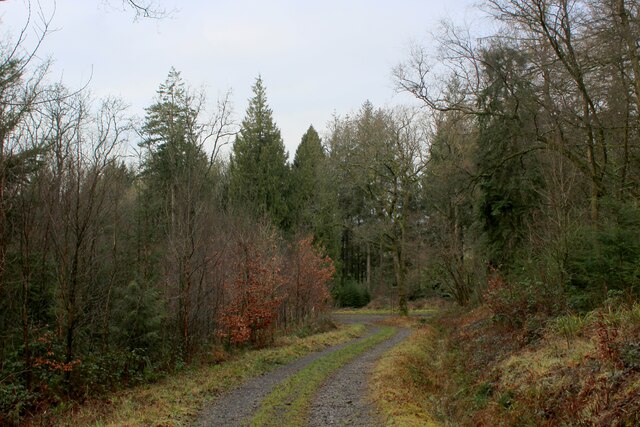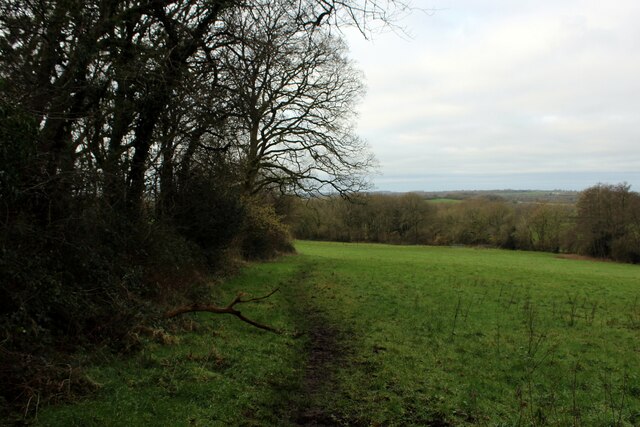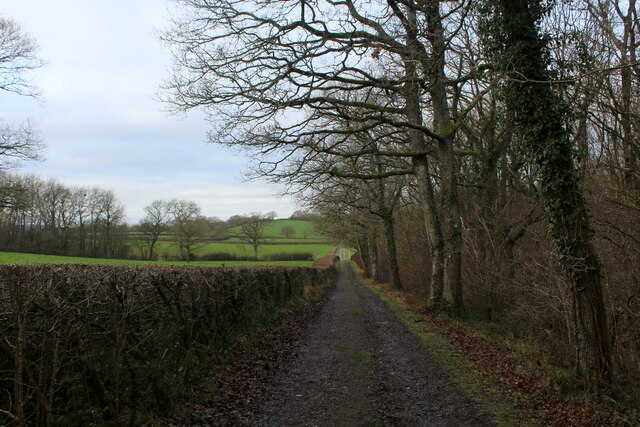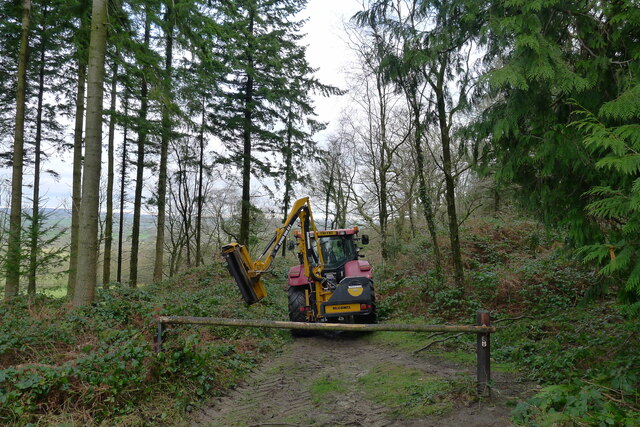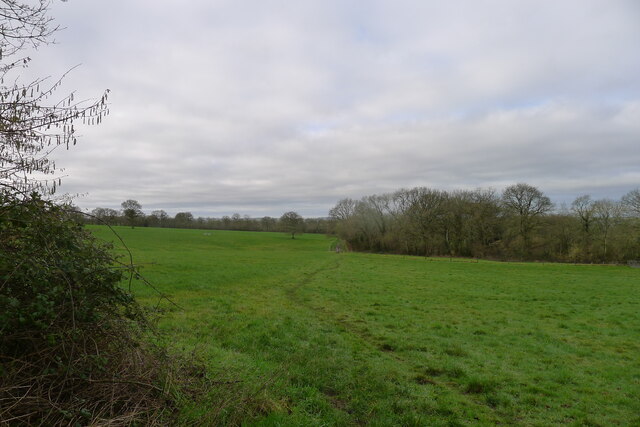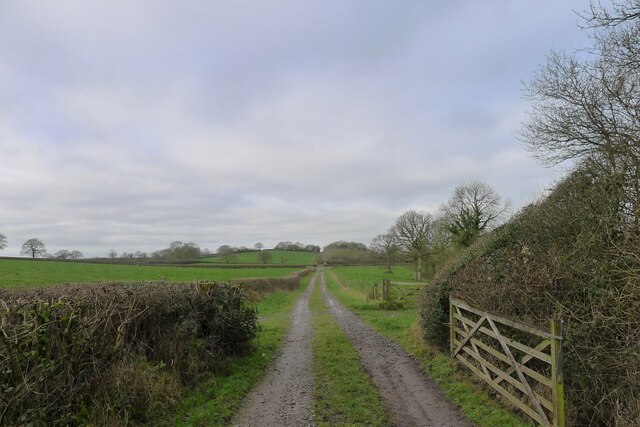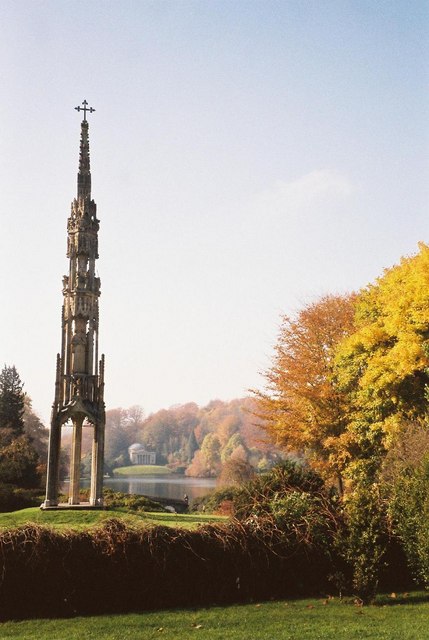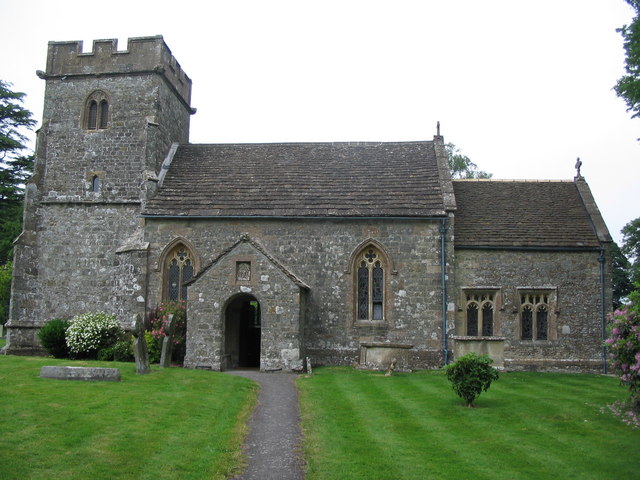Beaumont's Wood
Wood, Forest in Somerset South Somerset
England
Beaumont's Wood

Beaumont's Wood, located in Somerset, England, is a picturesque woodland area renowned for its natural beauty and diverse wildlife. Covering an area of approximately 100 acres, the wood is a mix of deciduous and coniferous trees, creating a rich and diverse ecosystem.
The wood is home to a wide range of plant and animal species, making it a haven for nature enthusiasts and wildlife lovers. Ancient oaks, beeches, and birches dominate the landscape, providing a dense canopy that offers shelter to a variety of birds, insects, and small mammals. The forest floor is adorned with a colorful array of wildflowers, such as bluebells and primroses, which bloom in abundance during the spring.
Visitors to Beaumont's Wood can enjoy a tranquil and peaceful atmosphere as they explore the network of walking trails that wind through the forest. These trails vary in difficulty and length, catering to both casual strollers and avid hikers. The wood offers opportunities for birdwatching, with species such as woodpeckers, owls, and thrushes frequently spotted.
Additionally, the wood is managed by local conservation groups, ensuring its preservation and protection for future generations to enjoy. Educational programs and guided tours are also available, allowing visitors to learn about the wood's history, ecology, and the importance of sustainable forestry practices.
Beaumont's Wood is not only a natural treasure but also a valuable resource for the local community, providing a sanctuary for wildlife, a recreational space for leisure activities, and an educational hub for environmental awareness.
If you have any feedback on the listing, please let us know in the comments section below.
Beaumont's Wood Images
Images are sourced within 2km of 51.108327/-2.3646221 or Grid Reference ST7434. Thanks to Geograph Open Source API. All images are credited.
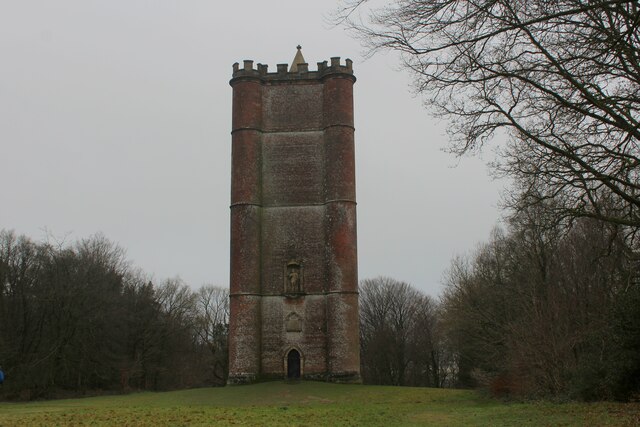
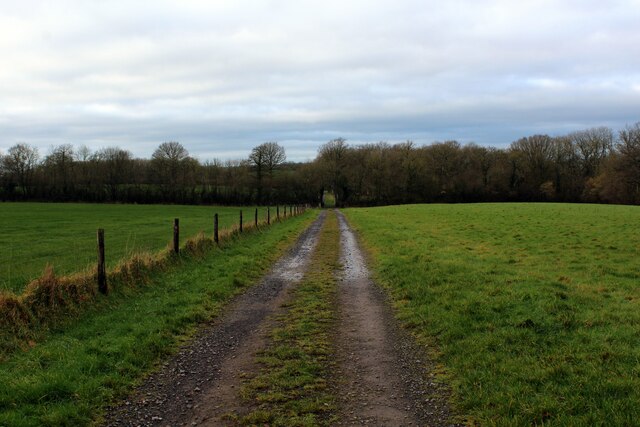


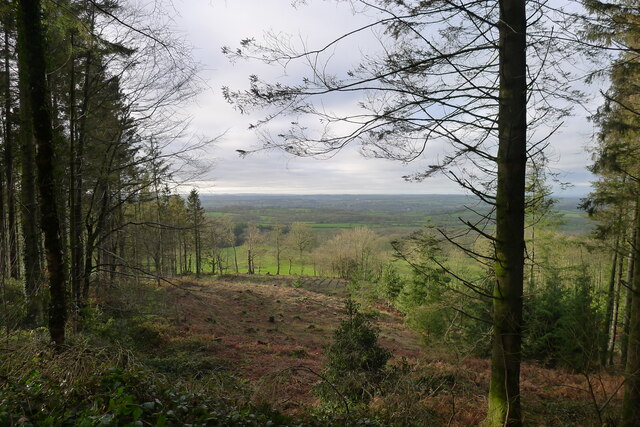
Beaumont's Wood is located at Grid Ref: ST7434 (Lat: 51.108327, Lng: -2.3646221)
Administrative County: Somerset
District: South Somerset
Police Authority: Avon and Somerset
What 3 Words
///cubed.overture.send. Near Kilmington, Wiltshire
Nearby Locations
Related Wikis
Nozarego
Nozarego is a village in the commune of Santa Margherita Ligure in Liguria, Italy. It is a natural terrace over the Bay of Tigullio. Here there is the...
King Alfred's Tower
Alfred's Tower is a folly in Somerset, England, on the edge of the border with Wiltshire, on the Stourhead estate. The tower stands on Kingsettle Hill...
Kenwalch's Castle
Kenwalch's Castle is probably an Iron Age hill fort that may have been converted into a Roman fortress, near Penselwood, Somerset, England, 6.6 kilometres...
Heath Hill Farm
Heath Hill Farm (grid reference ST757336) is a 20.73 hectare biological Site of Special Scientific Interest near Stourton in Wiltshire, notified in 1997...
Cockroad Wood Castle
Cockroad Wood Castle was a castle near Wincanton but now in the parish of Charlton Musgrove, Somerset, England. == History == Cockroad Wood Castle was...
Stavordale Priory
Stavordale Priory near Charlton Musgrove, Somerset, England was built as a priory of Augustinian canons in the 13th century and was converted into a private...
Bristol High Cross
Bristol High Cross is a monumental market cross erected in 1373 in the centre of Bristol. It was built in Decorated Gothic style on the site of an earlier...
Penselwood
Penselwood is a village and civil parish in the English county of Somerset. It is located 4 miles (6.4 km) north east of Wincanton, 4 miles (6.4 km) south...
Nearby Amenities
Located within 500m of 51.108327,-2.3646221Have you been to Beaumont's Wood?
Leave your review of Beaumont's Wood below (or comments, questions and feedback).


